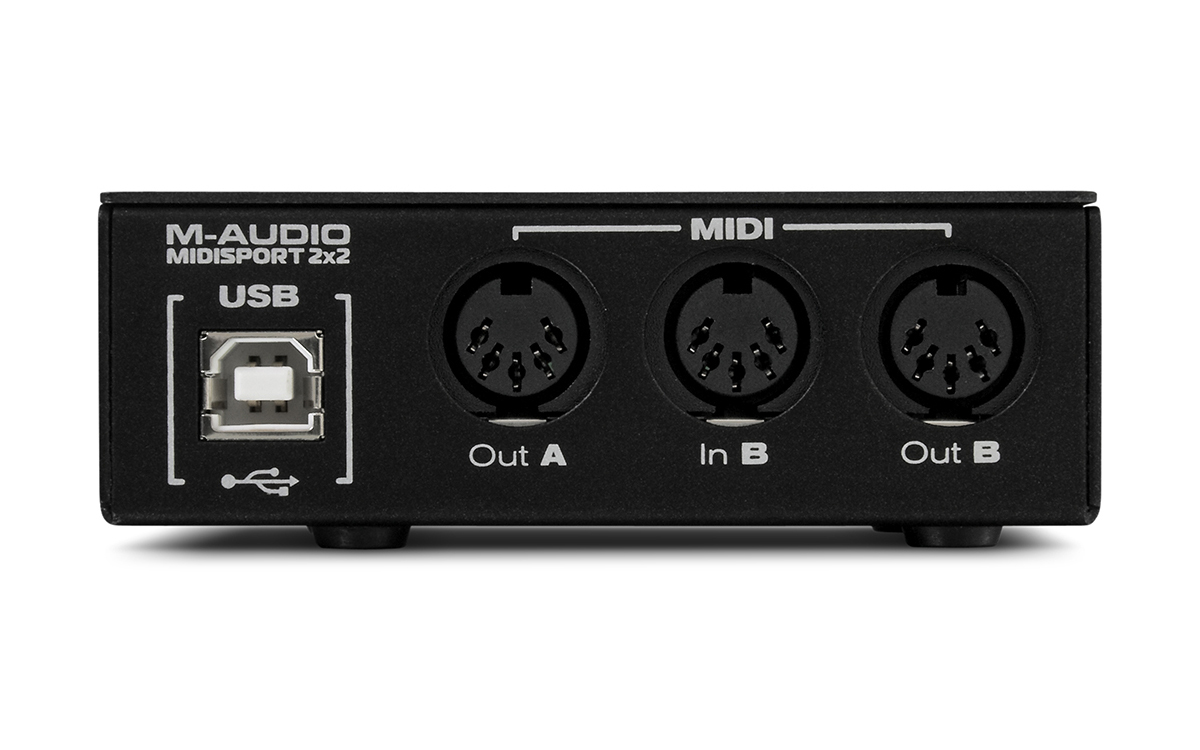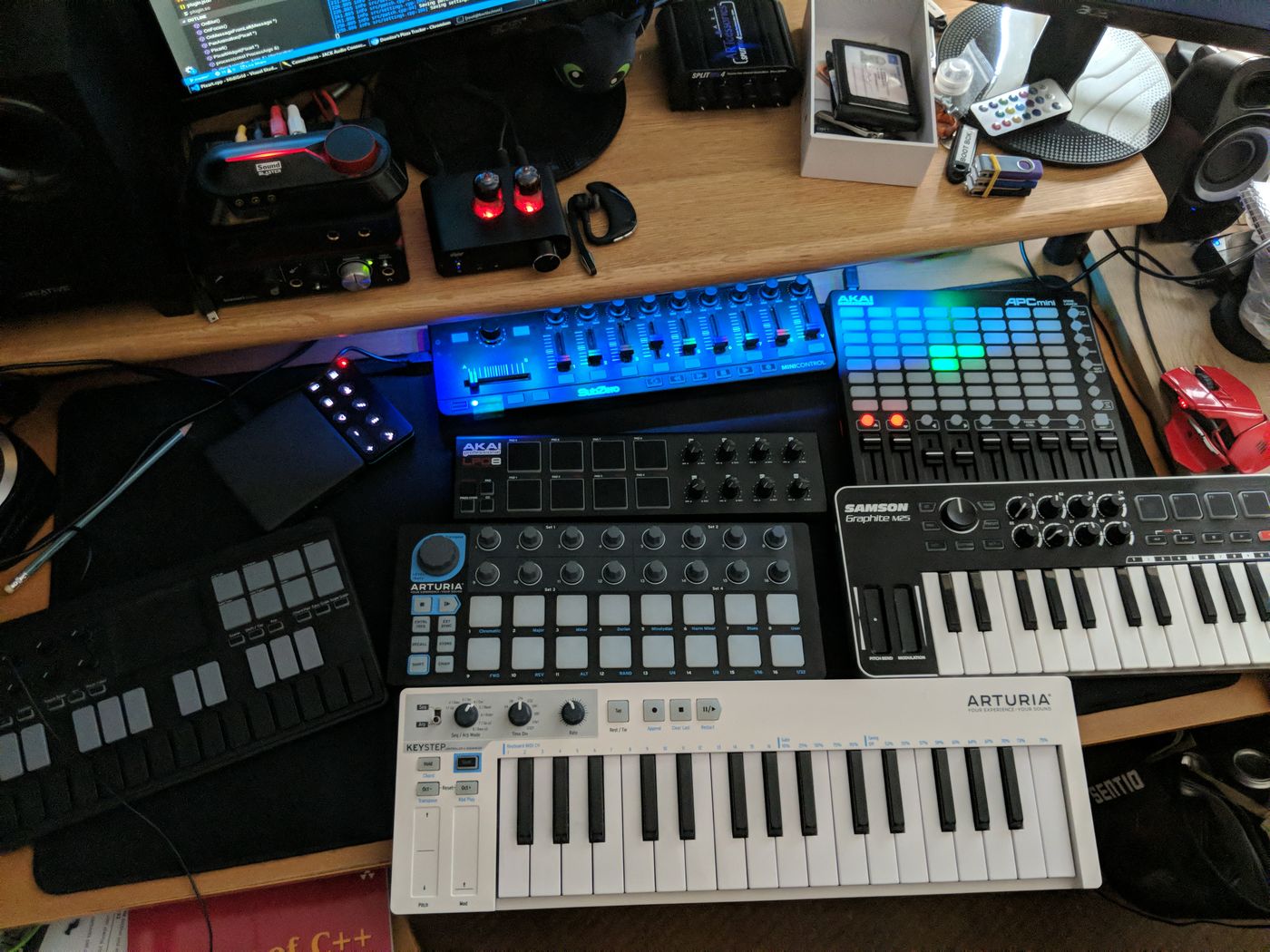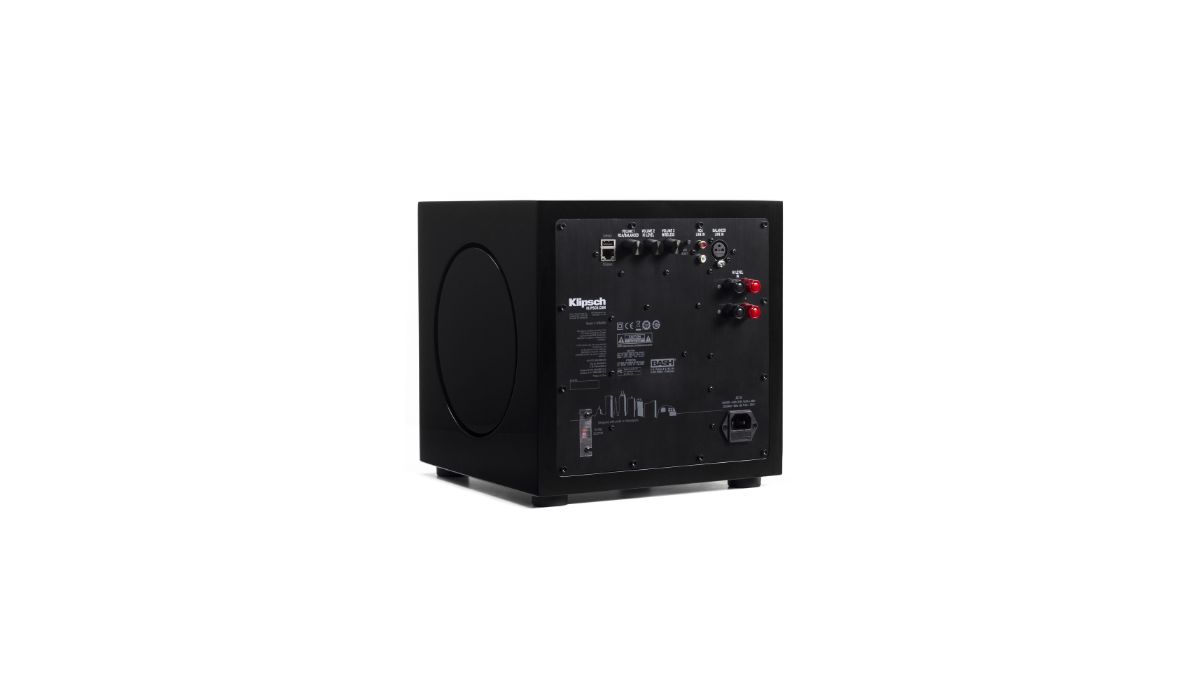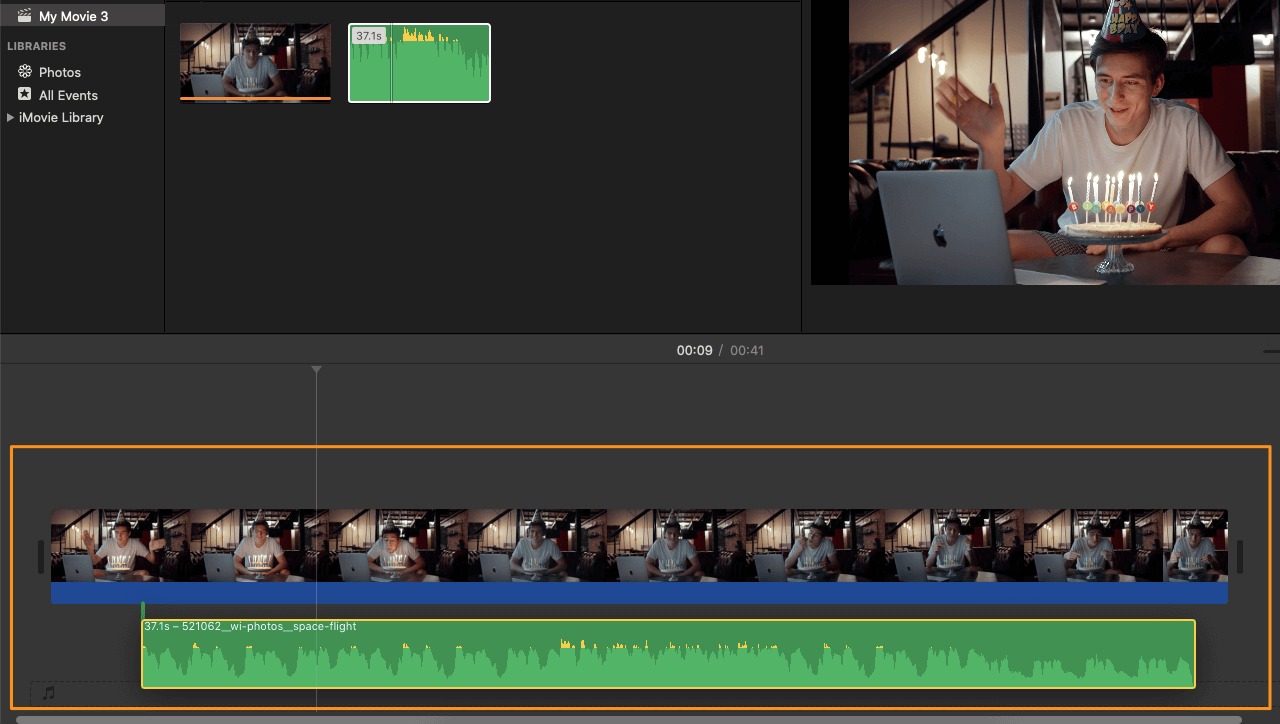Home>Events & Info>Playback>What Bitrate For Audio Playback Should I Use
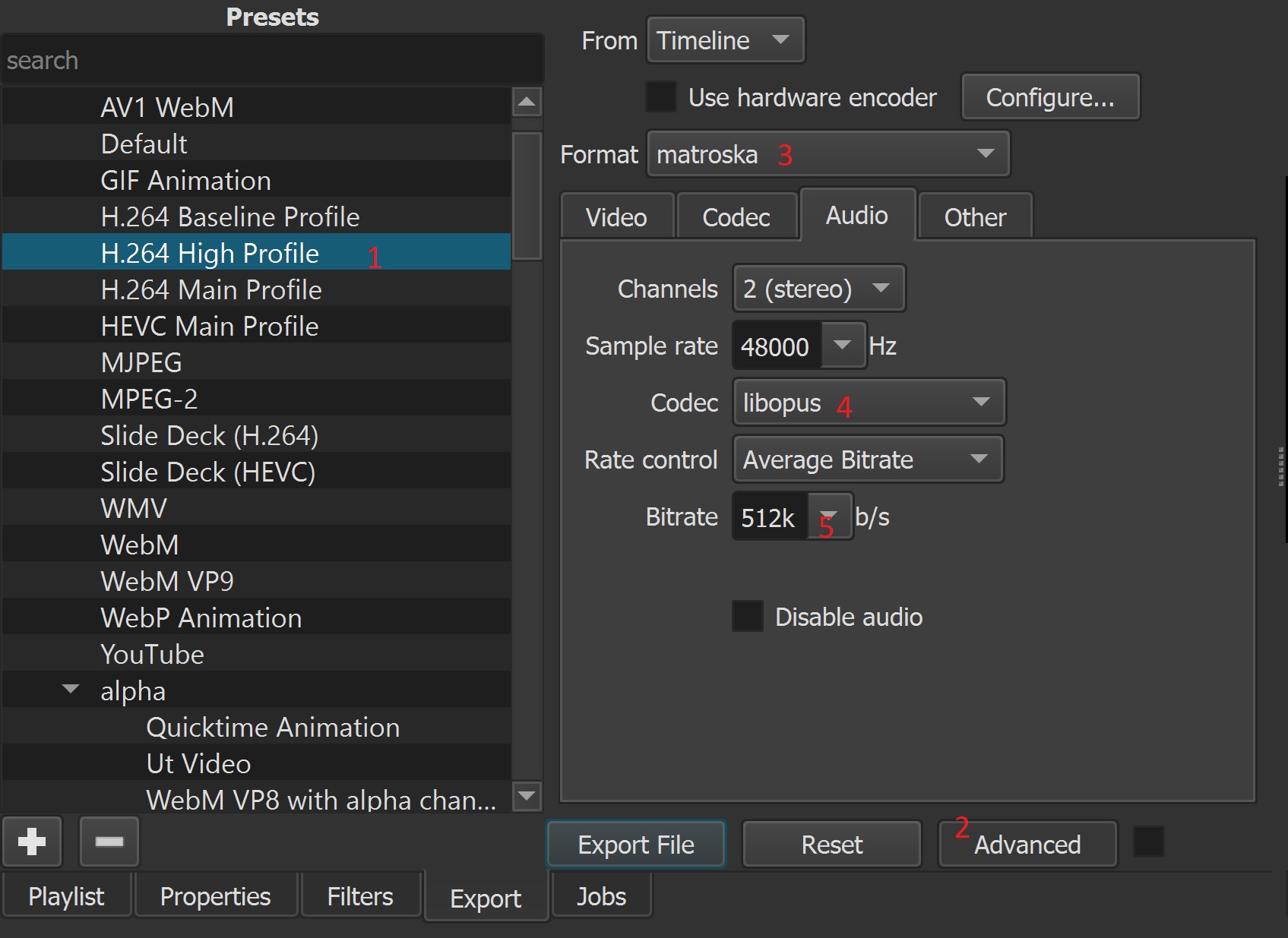

Playback
What Bitrate For Audio Playback Should I Use
Modified: January 22, 2024
Learn about the ideal audio playback bitrate. Discover the recommended bitrate options for optimal sound quality. Find out which bitrate suits your playback needs.
(Many of the links in this article redirect to a specific reviewed product. Your purchase of these products through affiliate links helps to generate commission for AudioLover.com, at no extra cost. Learn more)
Table of Contents
Introduction
Welcome to the world of audio playback! Whether you’re a music enthusiast, a podcast aficionado, or someone who enjoys streaming audio content, the quality of your audio playback can greatly enhance your listening experience. One important aspect to consider when it comes to audio quality is the bitrate. The bitrate of an audio file determines how much data is used to represent each second of audio.
Understanding the concept of bitrate is crucial in order to make informed decisions about the quality of audio playback. In this article, we will delve into the world of audio bitrates, explore the factors that affect them, and provide recommendations for different playback purposes. We will also discuss how to determine the most appropriate bitrate for your specific audio playback needs.
Whether you’re a casual listener or a professional working in the audio industry, this article will provide you with valuable insights and guidelines to optimize your audio playback experience. So, let’s dive in and demystify the world of audio bitrates!
Understanding Bitrate
Before we dive into the factors that affect audio playback bitrate, let’s start by understanding what bitrate actually is. In simple terms, bitrate refers to the amount of data used to represent audio per unit of time. It is typically measured in kilobits per second (kbps) or megabits per second (Mbps).
A higher bitrate means that more data is used to represent the audio, resulting in better audio quality. On the other hand, a lower bitrate means that less data is used, which can result in lower audio quality and potential loss of details.
When an audio file is encoded, it goes through a process called compression. Compression allows for the reduction of file size, making it easier to store and transmit. However, when compressing audio, there is a trade-off between file size and audio quality. Lower bitrates result in smaller file sizes but can lead to audio artifacts, such as distortion or loss of clarity. Higher bitrates, on the other hand, maintain more of the original audio quality but require more storage space.
It is important to note that different file formats may have different maximum bitrates. For example, MP3 files commonly have a maximum bitrate of 320 kbps, while lossless formats like FLAC can support much higher bitrates. Additionally, bitrates can also vary within the same format depending on the desired audio quality and encoding settings.
Now that we have a basic understanding of bitrate, let’s explore the factors that can affect the bitrate of audio playback.
Factors Affecting Audio Playback Bitrate
Several factors can influence the bitrate required for optimal audio playback. Let’s take a closer look at these factors:
- Audio Quality: The desired quality of the audio playback is a significant factor in determining the bitrate. Higher quality audio with more details and nuances requires a higher bitrate to accurately capture and reproduce those details. On the other hand, lower quality audio with fewer details may require a lower bitrate.
- File Format and Codec: Different audio file formats and codecs have varying levels of compression and, consequently, different bitrate requirements. Lossless formats, such as FLAC, preserve the original audio quality and often require higher bitrates. Lossy formats, like MP3 or AAC, sacrifice some audio quality to achieve smaller file sizes and lower bitrates.
- Content Type: The type of audio content being played back can also influence the necessary bitrate. For instance, music files with a wide range of frequencies and dynamic range may benefit from a higher bitrate to ensure accurate reproduction of the sound. Speech-oriented content, such as podcasts or audiobooks, may not require as high of a bitrate since the emphasis is on clear speech rather than intricate musical details.
- Playback Device and Medium: The capabilities of the playback device and medium can impact the bitrate needed for optimal playback. For example, high-end audio systems or headphones with superior sound reproduction capabilities may benefit from higher bitrates to fully utilize their capabilities. Furthermore, the medium used, such as streaming services or physical media, may have limitations on the maximum supported bitrate.
- Available Bandwidth or Storage Space: The available bandwidth or storage space can also impose limitations on the bitrate. In scenarios where there are constraints on either bandwidth (for streaming) or storage space (for local storage), lower bitrates may be preferred to ensure smooth playback or efficient storage usage.
These factors are not mutually exclusive but rather work in conjunction to determine the optimal bitrate for audio playback. It is important to strike a balance between audio quality and practical considerations to achieve the best possible listening experience.
Recommended Bitrates for Different Playback Purposes
The appropriate bitrate for audio playback can vary depending on the specific purpose or context. Here are some recommended bitrates for different playback purposes:
- High-Quality Music Streaming: For high-quality music streaming, a bitrate of 320 kbps is generally recommended. This bitrate provides a balance between audio quality and file size, ensuring a rich and immersive listening experience.
- Online Radio and Podcasts: For online radio stations and podcasts, a bitrate between 64 kbps and 128 kbps is often sufficient. Since these types of content are primarily speech-focused, a lower bitrate can still deliver clear and intelligible audio without sacrificing too much file size.
- Mobile and Data-Limited Playback: In situations where bandwidth or data usage is a concern, a bitrate between 32 kbps and 64 kbps may be acceptable. This lower bitrate allows for efficient streaming or storage while still maintaining an acceptable level of audio quality, especially for speech-oriented content.
- Audiophile and High-Fidelity Playback: For audiophiles or those seeking the highest level of audio quality, lossless formats like FLAC or ALAC are recommended. These formats can support bitrates ranging from 800 kbps to several Mbps, capturing every detail of the original audio recording.
- Background Music and Ambient Sounds: In scenarios where audio is meant to provide background ambiance or atmosphere, lower bitrates between 32 kbps and 96 kbps can be used. Since the focus is on creating a mood rather than intricate details, the lower bitrates are sufficient to convey the desired effect.
These recommended bitrates serve as general guidelines. It is important to consider the specific context, audio content, and availability of resources before choosing the appropriate bitrate for your playback needs.
Determining the Appropriate Bitrate for Audio Playback
Choosing the appropriate bitrate for audio playback requires consideration of various factors. Here are some steps to help you determine the ideal bitrate for your specific needs:
- Assess Your Audio Content: Start by evaluating the nature of the audio content you will be playing. Determine whether it is music, speech, or a combination of both. Consider the level of detail and dynamics present in the audio.
- Identify Your Playback Equipment: Take into account the capabilities of your playback devices or systems. Higher-end audio equipment may yield better results with higher bitrates, while lower-quality devices might not be able to fully utilize higher bitrates.
- Evaluate Available Bandwidth or Storage Space: Consider the limitations of your streaming service, internet connection, or available storage space. Ensure that your chosen bitrate aligns with the available bandwidth or storage capacities.
- Consider User Preferences: Take user preferences into account. If you are creating or distributing audio content, consider your target audience and their expectations regarding audio quality. Users with a preference for high-fidelity audio may require higher bitrates, while others may prioritize smaller file sizes or efficient data usage.
- Test and Iterate: Experiment with different bitrates and gauge the results. Compare the audio quality at various bitrates and assess the trade-off between quality and file size. Use blind tests or gather feedback from listeners to help determine the sweet spot.
Remember, finding the perfect bitrate is often a matter of finding the right balance between audio quality, file size, and practical considerations. It may require some trial and error, but taking the time to determine the appropriate bitrate will ultimately enhance your audio playback experience.
Conclusion
Choosing the right bitrate for audio playback is crucial to ensure an optimal listening experience. By understanding what bitrate represents and considering various factors, you can make informed decisions about the quality of your audio playback.
We explored the concept of bitrate and how it relates to the amount of data used to represent audio. We also discussed the factors that can affect the necessary bitrate, including audio quality, file format, content type, playback device capabilities, and available bandwidth or storage space.
Additionally, we provided recommended bitrates for different playback purposes, such as high-quality music streaming, online radio, mobile playback, audiophile listening, and background music. These recommendations serve as general guidelines to help you make informed choices.
To determine the appropriate bitrate for your specific needs, it’s important to assess your audio content, consider the capabilities of your playback equipment, evaluate available bandwidth or storage space, and take user preferences into account. Through experimentation and feedback, you can find the perfect balance between audio quality and practical considerations.
By following these guidelines and considering these key factors, you can enhance your audio playback experience, whether you’re enjoying music, podcasts, radio, or any other form of audio content. Remember, the ideal bitrate may vary depending on the specific context, but by making informed decisions, you can achieve the best possible audio quality within your constraints.
So, go ahead and optimize your audio playback by choosing the right bitrate. Immerse yourself in the rich world of sound, and enjoy a truly captivating listening experience!




